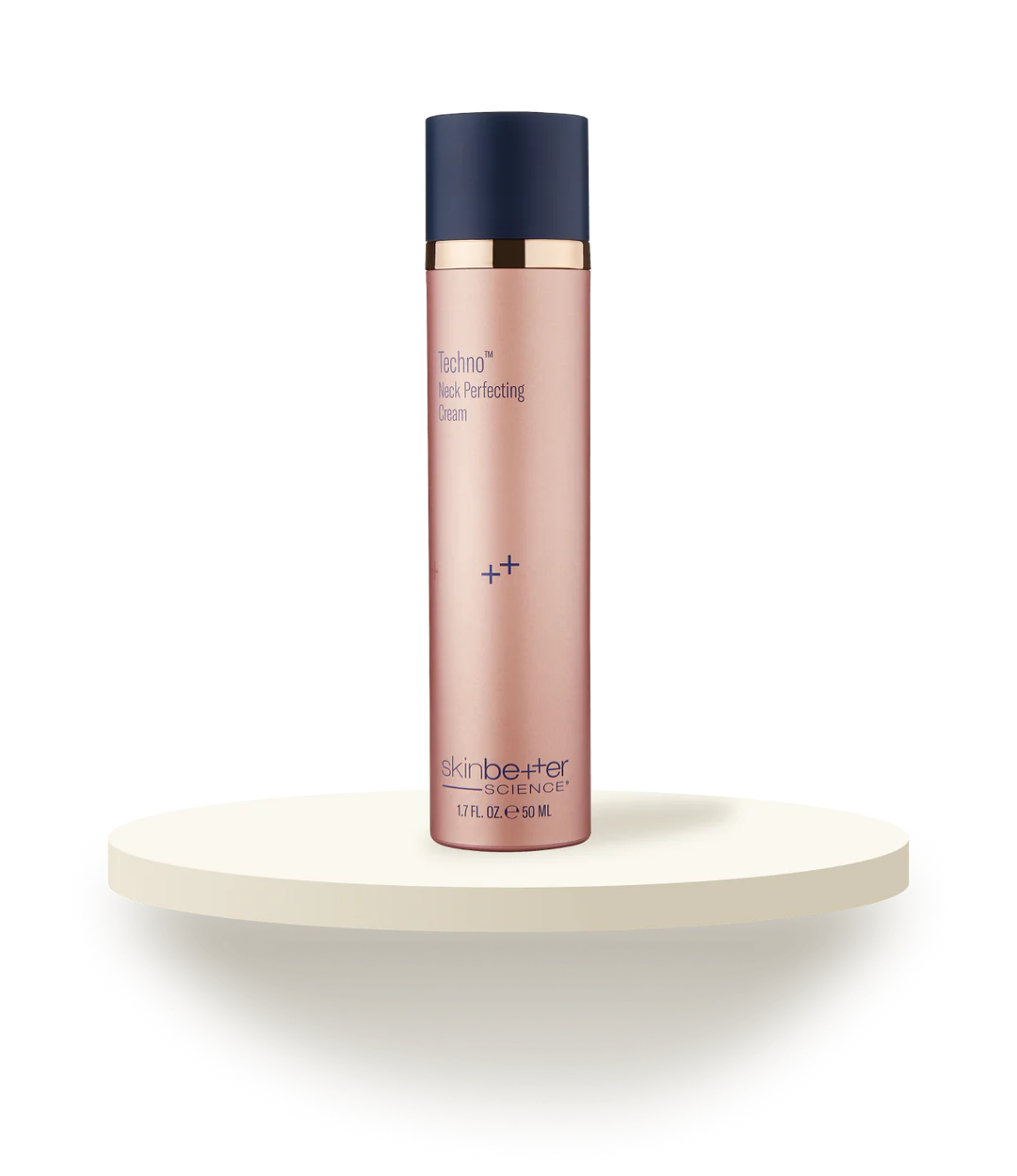What is the anatomy of the cheek?
To better understand the anatomy of the cheek, let’s look at the bones of the face. The zygomatic bones (aka cheekbones or malar bones) compose the widest part of the cheek and sit below, and lateral (towards the ears) to the eyes. The zygomatic bones, along with the maxilla (upper jaw), and a few other small facial bones contribute to the eye socket. The zygomatic bones also articulate with the temporal and frontal bones of the skull.
The term buccal refers to structures related to the cheek. Running your tongue around the inside of your mouth shows the cheeks are mostly soft tissue suspended between larger facial bones. The buccal mucosa lines the sides of the inside of the mouth. The cheeks contain the buccal fat pads, which are an important component of cheek alterations in cosmetic procedures. The largest salivary glands, the parotid glands, sit in front of both ears in the posterior (towards the back) part of the cheeks. (1)
What causes differences in the volume and definition of the cheeks?
Variations across cheek appearance in men and women of all ages and ethnicities can result from genetics, aging, body type, and previous cosmetic procedures. A review of the bone and soft tissue composition of the cheek (as discussed above) leads to a natural comprehension of how bone structure (like the cheekbone and jawline), fat pads, glandular tissue, skin elasticity, and weight contribute to the overall cheek volume and definition.
Over an individual's lifetime, weight fluctuations and collagen/elastin breakdown will most significantly contribute to the natural evolution of the cheek into a more sagging, looser appearance.
What are the main concerns related to cheek volume and definition?
Cheek appearance is affected by both cheekbone definition and the volume of the soft tissue composing the cheek. Below is a breakdown of the unique sub concerns associated with the cheek:
Hollow & Sagging Cheeks: Lack of cheek volume and tone can lead to an almost gaunt appearance. Genetic predispositions, or very low weight and/or body fat can cause hollowness and sagging.
Full Cheeks: Excessive volume of soft tissue in the cheek, possibly in conjunction with suboptimal underlying bone structure, can create an overly full cheek appearance. Some individuals may be predisposed to this, and excess body weight may also contribute.
Cheekbone Definition: The underlying bone structure creates the outward definition of the cheek. Certain ethnic groups naturally have sharper, more defined cheekbones. Additionally, the overall facial symmetry with relation to the where the cheekbone sits on the face can affect definition.
Dimples: A dimple is basically a small indentation in soft tissue. In the cheek it most commonly caused by a shortened zygomaticus major (a main cheek muscle). They can be present at rest or only occur with smiling. Dimples are a personal aesthetic choice that many feel naturally enhances an individual's appearance.
Who may wish to seek treatment to change their cheek volume and definition?
The appearance of the cheek, defined from the zygomatic bones to the lower jaw, contributes significantly to overall facial aesthetic. It is generally considered that sharper, more defined, and toned cheeks serve to enhance an individual's appearance.
For some, however, overly defined cheekbones can create a sagging and hollow cheek that can look gaunt or undesirable. Regardless of concern, there are corrective and refining procedures to enhance cheek volume and definition.
How can someone change their cheek volume and definition?
Whether you desire to look like the elves of any fantasy series, or are seeking to augment cheek volume, there are numerous cheek reduction or cheek augmentation procedures to refine and define cheek. Cheek Augmentation (cheek implants), Buccal Fat Removal (cheek reduction), and Cheek Surgery, can create your best look. Below is a breakdown of the unique concerns and their possible enhancement procedures:
For Hollow & Sagging Cheeks:
This appearance can create a lack of definition and volume, or make facial structure appear overly harsh. Cheek Augmentation/Cheek Implants can fill out and soften this appearance. Injectable dermal fillers like Botox, hyaluronic acid, Juvederm xc, Juvederm voluma xc, and radiesse are available. Generally, options include, Cheek augmentation with fillers, Cheek augmentation with implants, and Cheek augmentation with fat transfer.
For Full Cheeks:
May contribute to an appearance of a bloated or formless cheek area. A cheek reduction procedure like Buccal Fat Removal can help to precisely define the cheek and cheekbones.
For Cheekbone Definition:
Altering the underlying bone structure can help to redefine the upper face and cheek area. A Cheek Surgery procedure like Zygoma Reduction Plasty (Cheekbone Reduction Surgery) is used to accomplish this.
For Dimples:
Can be created with a simple Cheek Surgery procedure like Dimpleplasty which alters the soft tissue of the cheek along the smile lines.
To learn more, check out our complete guide to Cheek Augmentation & Cheek Reduction Solutions.


